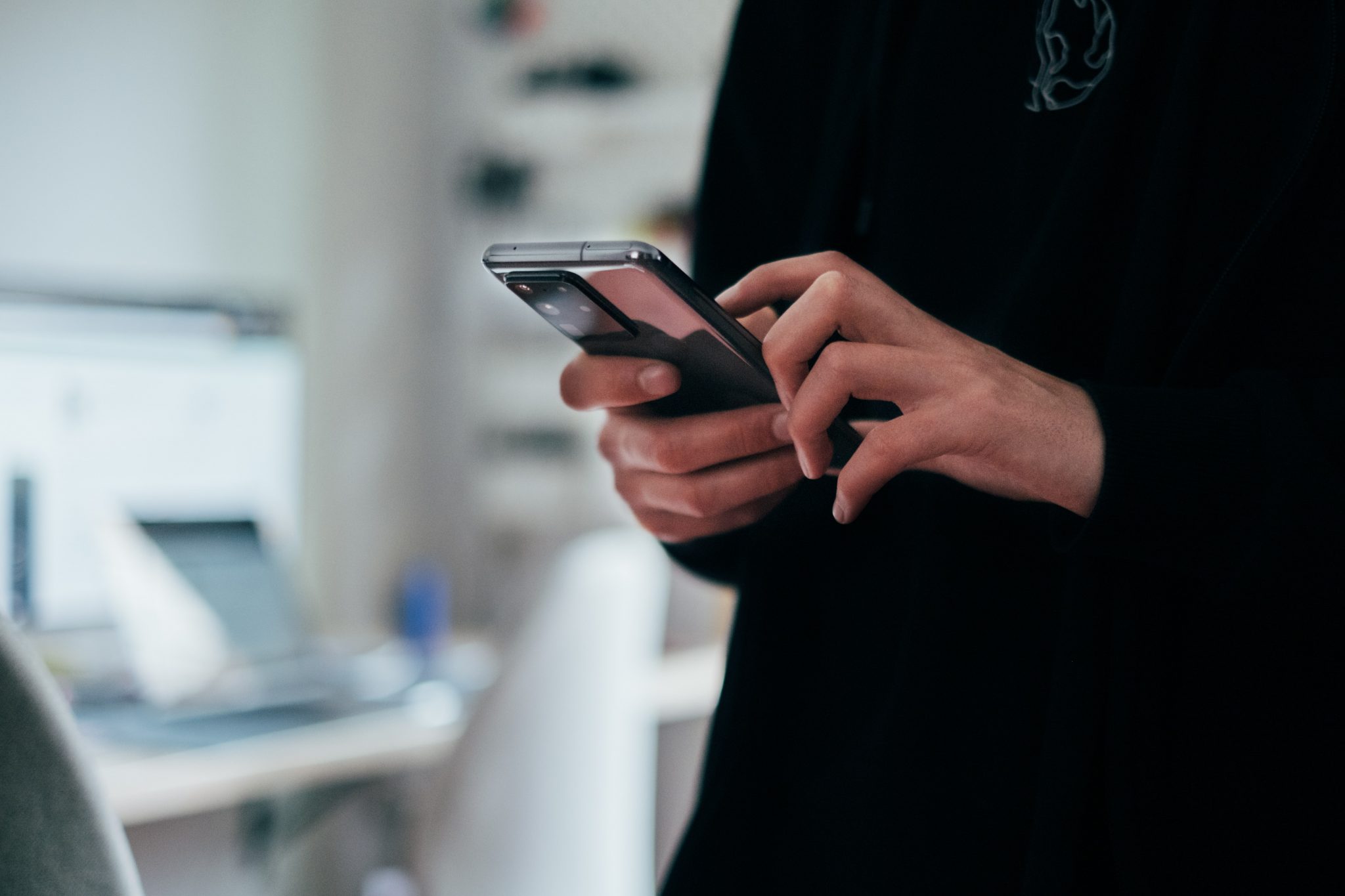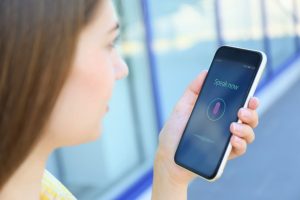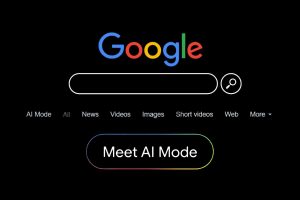The introduction of the beacon system, known as the proximity technology, has greatly simplified how companies boost consumer engagement. As a result, the client experience was enhanced with new engagement channels, yielding unprecedented business benefits.
Today, we will go over the basics of beacon technology and how it is employed in various business applications.
What are geolocation beacons?
Beacon technology is commonly referred to as a type of proximity technology that uses wireless devices to send context-specific notifications or alerts to mobile devices. These devices can be embedded in objects, signage, or even people.
When within the geographical range of a beacon, the relevant app on a customer’s phone will receive the notification. Retail and hospitality businesses have been early adopters of beacon technology as it allows them to better understand customers’ shopping and spending habits.
Now that we’ve studied the basics, let’s go over the main things you need to know about beacons.
Fact #1: How do beacons work?
Beacons are small sensors equipped with Bluetooth Low Energy that takes up less energy than GPS-based solutions. This technology transmits a signal to a mobile device when it approaches within a certain distance. It also needs a mobile application to be installed on a customer’s smartphone.
In simple words, beacons connect with a customer’s phone and perform whatever action it is meant to execute. These may include energy monitoring, marketing initiatives, and others.
Fact #2: Beacons come in different flavors
The proximity tech market is diverse with different types of devices catering to businesses. Below, you’ll find one of the most popular types:
- Standard devices are the size of a golf ball and are used primarily for indoor tracking.
- Mini/small transmitters are portable devices that are suitable for both industrial and lifestyle uses.
- The USB beacon is a portable stick that can be plugged into a laptop.
- AI beacons are fueled by intelligent algorithms and can be used for public, commercial, and private applications.
- Sticker beacons or wearables go into smart home objects and are equipped with an accelerometer, temperature sensor, and a Bluetooth Smart radio.
Other types of BLE devices include parent and dedicated beacons. Moreover, beacons can differ by channel, including:
- Apple iBeacon – a well-known market leader developed by Apple. Born in 2013 as an indoor tracking device, it has gained a strong foothold in the market. Today, it’s a regular pick among users of iOS and Android to capture information within small distances.
- Eddystone was a beacon profile released by Google which was discontinued by the company in 2018.
- AltBeacon is the antagonist of iBeacon built for Android devices. The main difference between the two is that iBeacon relies on BLE technology. AltBeacon also has an open specification, thus giving complete freedom to build apps for the proximity beacons.
Fact #3: Geo beacons have a massive application field
Known mainly for geo-based marketing, beacon devices lay the ground for other exciting business and individual uses. Businesses and other organizations can leverage this technology to send messages or offers to customers based on their location.
For example, a store could use beacons to send coupons to customers as they walk past particular displays or to offer help with finding an item in the store. Proximity devices can also be used for marketing purposes, such as gathering analytics on how people move through a space.
Therefore, beacons enhance the customer journey by providing more granular engagement during the purchase process. Companies can target consumers with contextualized marketing initiatives from their favorite brands.
Restaurants also benefit from the technology by attracting customers through coupons, pre-order activities, and other initiatives. At airports, people can get flying information directly to their phones along with duty-free deals. Finally, museums provide mobile tours through beacons as well as museum shop offers.
Moreover, the technology can also be applied to:
- Cashless payments – to enable point-of-sale proximity payments;
- Event management – to gather actionable data for planning future events;
- Transportation – to make public transport more accessible for riders, and others.
Fact #4: Beacons and IoT is a match made in heaven
Beacons are a growing trend used in the Internet of Things (IoT). When used in IoT devices, beacons play an important role in connecting the physical and digital worlds. For example, if you leave your car in a parking lot, the beacon in the loT can tell your car’s IoT system to lock the doors and turn off the engine.
Therefore, this combination allows the beacons to not only infer information but also send and share that information with other devices.
The retail ads application is also transmitted directly to customers’ phones via IoT. Thus, these solutions rely on Bluetooth geolocation to offer buyers the latest deals and promos in the vicinity. The information then lands directly on customers’ Bluetooth-supporting devices.
What does the future hold for beacons?
According to Fortune Business Insights, the proximity technology market is slated to hit over $31 billion by 2026. Backed by tech giants like Google and Qualcomm, beacons will continue to get traction, while increasing mobile visibility and experience. Due to its unique retail posture, this technology can reshape the future of offline commerce as major retailers have made a comeback after lockdowns. Beyond retail, beacons can facilitate asset monitoring through automated and cost-efficient initiation.












